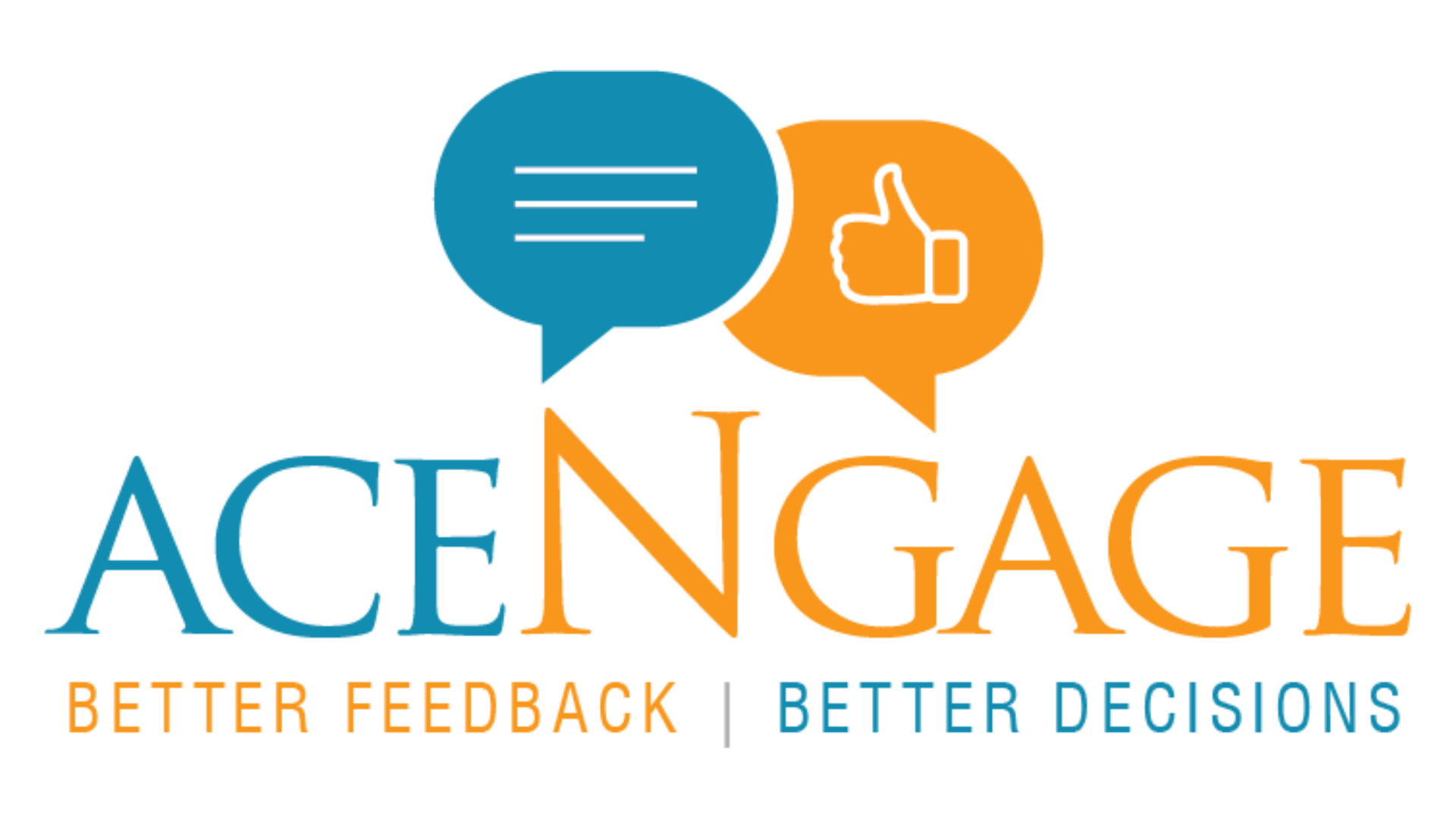[vc_row row_type=”row” text_align=”left”][vc_column][vc_row_inner][vc_column_inner][vc_column_text]In the dynamic landscape of the modern workplace, the confidence gap poses a significant challenge, particularly for women. This article delves into the intricacies of self-doubt and offers insights on overcoming this obstacle to foster professional growth and success.[/vc_column_text][ultimate_spacer height=”30″ height_on_tabs=”25″ height_on_mob_landscape=”20″][vc_column_text]
Understanding the Confidence Gap
Self-doubt often finds its roots in various factors, ranging from societal expectations to personal experiences. Unraveling these influences is crucial to understanding the confidence gap and its implications for women in professional settings.[/vc_column_text][ultimate_spacer height=”30″ height_on_tabs=”25″ height_on_mob_landscape=”20″][vc_single_image image=”11831″ img_size=”full”][/vc_column_inner][/vc_row_inner][ultimate_spacer height=”30″ height_on_tabs=”25″ height_on_mob_landscape=”20″][vc_column_text]
Effects on Career Advancement
The repercussions of the confidence gap extend beyond individual feelings, affecting women’s career trajectories. Real-life examples underscore the impact, highlighting the barriers that hinder women’s progression in the workplace.
Example: Michelle, a highly skilled engineer, hesitated to apply for a managerial role due to self-doubt. When she eventually did, she excelled, proving that confidence is often the key to unlocking one’s full potential.[/vc_column_text][ultimate_spacer height=”20″][vc_row_inner][vc_column_inner][vc_column_text]
Breaking Stereotypes
Challenging stereotypes is a pivotal step in bridging the confidence gap. This section dismantles prevalent misconceptions and showcases the achievements of women who have defied societal expectations.
[/vc_column_text][ultimate_spacer height=”20″][vc_column_text]
Strategies for Overcoming Self-Doubt
Practical tips and techniques form the cornerstone of this section, providing actionable advice for women seeking to boost their confidence. Emphasizing self-affirmation and mentorship, these strategies empower individuals to navigate the professional sphere with assurance.
- Power Pose Pregame:
Before entering a high-stakes meeting or presentation, strike a power pose in private. Adopting expansive and confident body language for a few minutes can help boost your own sense of power and dominance, positively influencing your mindset. - Alter Ego Enhancement:
Create a personal alter ego with characteristics you admire in confident leaders. When faced with challenges, channel your inner alter ego to access a heightened sense of self-assurance. This playful technique can provide a mental boost in moments of doubt. - Fear-Setting Exercise:
Take a page from Stoic philosophy by conducting a “fear-setting” exercise. Instead of just setting goals, identify and analyze your fears related to professional challenges. Break down the worst-case scenarios and develop strategies to mitigate them. This method can help you confront and overcome fears, leading to increased confidence. - Compliment Currency:
Challenge yourself to give and receive compliments regularly. Complimenting others not only fosters a positive environment but also encourages reciprocity. When you receive compliments graciously, it reinforces a positive self-image and contributes to a more confident demeanor. - Improvise for Impact:
Enroll in improv classes or engage in impromptu speaking exercises. Improvisation hones your ability to think on your feet, boosts adaptability, and enhances your comfort in unpredictable situations. These skills translate directly to increased confidence in professional settings where spontaneity is key.
[/vc_column_text][ultimate_spacer height=”20″][vc_column_text]
The Role of Workplace Culture
Company culture plays a vital role in shaping confidence levels. Advocating for inclusive and supportive work environments, this section explores how a positive workplace culture can contribute to closing the confidence gap.
Quote: “A workplace that values diversity and fosters inclusion is a breeding ground for confidence and innovation.” – Jane, HR Specialist.[/vc_column_text][ultimate_spacer height=”20″][vc_column_text]
Empowering Through Education
Education and skill development emerge as powerful tools for overcoming self-doubt. Encouraging continuous learning, this section underscores the role of knowledge in bolstering confidence.[/vc_column_text][ultimate_spacer height=”20″][vc_column_text]
Building a Support System
A strong support network is instrumental in combating the confidence gap. Insights on forming mentorship relationships and seeking guidance contribute to creating a robust foundation for professional growth.
IBM has been actively working on increasing the representation of women in its workforce. The company has set specific goals and initiatives to promote diversity and inclusion. IBM has also launched mentorship programs and initiatives to support the career development of women in the tech industry.
[/vc_column_text][ultimate_spacer height=”20″][vc_column_text]
Overcoming Imposter Syndrome
Imposter syndrome, often intertwined with the confidence gap, is explored in this section. Strategies for combating imposter feelings empower women to navigate challenges with resilience.[/vc_column_text][ultimate_spacer height=”20″][vc_column_text]
Embracing Failure as a Stepping Stone
Failure is reframed as a stepping stone in this section, highlighting its positive role in personal and professional growth. Stories of successful individuals who faced setbacks inspire resilience in the face of adversity.
Microsoft has been working towards increasing the representation of women in its workforce, especially in technical roles. The company has various programs and initiatives to support the career growth of women, including mentorship programs and networks.[/vc_column_text][ultimate_spacer height=”20″][vc_column_text]
The Power of Positive Affirmations
Positive self-talk emerges as a powerful antidote to self-doubt. Practical examples of affirmations tailored for women in the workplace offer a tangible approach to fostering confidence.[/vc_column_text][ultimate_spacer height=”20″][vc_column_text]
Addressing Gender Bias
Confronting and overcoming gender bias is crucial for closing the confidence gap. This section advocates for equal opportunities and recognition, challenging the systemic barriers that women often encounter.
Google has been working on improving gender diversity in its workforce. The company has various initiatives, including mentorship programs and unconscious bias training, to create a more inclusive environment.
[/vc_column_text][ultimate_spacer height=”20″][vc_column_text]
Conclusion
In the collective effort to address the confidence gap, it is essential to recognize the multifaceted nature of self-doubt and its impact on women in the workplace. By implementing strategies, fostering supportive environments, and challenging ingrained biases, we can collectively contribute to a more inclusive and empowering professional landscape.[/vc_column_text][/vc_column_inner][/vc_row_inner][ultimate_spacer height=”20″][vc_row_inner][vc_column_inner][ultimate_spacer height=”20″][ultimate_spacer height=”20″][/vc_column_inner][/vc_row_inner][vc_row_inner][vc_column_inner width=”1/2″][vc_column_text]
[/vc_column_text][/vc_column_inner][vc_column_inner width=”1/2″][vc_column_text]
[/vc_column_text][/vc_column_inner][/vc_row_inner][ultimate_spacer height=”40″][/vc_column][/vc_row][vc_row][vc_column][vc_raw_js]JTNDc2NyaXB0JTIwdHlwZSUzRCUyMmFwcGxpY2F0aW9uJTJGbGQlMkJqc29uJTIyJTNFJTBBJTdCJTBBJTIwJTIwJTIyJTQwY29udGV4dCUyMiUzQSUyMCUyMmh0dHBzJTNBJTJGJTJGc2NoZW1hLm9yZyUyMiUyQyUwQSUyMCUyMCUyMiU0MHR5cGUlMjIlM0ElMjAlMjJCbG9nUG9zdGluZyUyMiUyQyUwQSUyMCUyMCUyMm1haW5FbnRpdHlPZlBhZ2UlMjIlM0ElMjAlN0IlMEElMjAlMjAlMjAlMjAlMjIlNDB0eXBlJTIyJTNBJTIwJTIyV2ViUGFnZSUyMiUyQyUwQSUyMCUyMCUyMCUyMCUyMiU0MGlkJTIyJTNBJTIwJTIyaHR0cHMlM0ElMkYlMkZ3d3cuYWNlbmdhZ2UuY29tJTJGdGhlLWNvbmZpZGVuY2UtZ2FwLW92ZXJjb21pbmctc2VsZi1kb3VidC1pbi10aGUtd29ya3BsYWNlJTJGJTIyJTBBJTIwJTIwJTdEJTJDJTBBJTIwJTIwJTIyaGVhZGxpbmUlMjIlM0ElMjAlMjJUSEUlMjBDT05GSURFTkNFJTIwR0FQJTNBJTIwT1ZFUkNPTUlORyUyMFNFTEYtRE9VQlQlMjBJTiUyMFRIRSUyMFdPUktQTEFDRSUyMiUyQyUwQSUyMCUyMCUyMmltYWdlJTIyJTNBJTIwJTIyaHR0cHMlM0ElMkYlMkZ3d3cuYWNlbmdhZ2UuY29tJTJGd3AtY29udGVudCUyRnVwbG9hZHMlMkYyMDI0JTJGMDIlMkZ0aGUtY29uZmlkZW5jZS1nYXAucG5nJTIyJTJDJTIwJTIwJTBBJTIwJTIwJTIyYXV0aG9yJTIyJTNBJTIwJTdCJTBBJTIwJTIwJTIwJTIwJTIyJTQwdHlwZSUyMiUzQSUyMCUyMk9yZ2FuaXphdGlvbiUyMiUyQyUwQSUyMCUyMCUyMCUyMCUyMm5hbWUlMjIlM0ElMjAlMjJBQ0VOR0FHRSUyMiUyQyUwQSUyMCUyMCUyMCUyMCUyMnVybCUyMiUzQSUyMCUyMmh0dHBzJTNBJTJGJTJGd3d3LmFjZW5nYWdlLmNvbSUyRiUyMiUwQSUyMCUyMCU3RCUyQyUyMCUyMCUwQSUyMCUyMCUyMnB1Ymxpc2hlciUyMiUzQSUyMCU3QiUwQSUyMCUyMCUyMCUyMCUyMiU0MHR5cGUlMjIlM0ElMjAlMjJPcmdhbml6YXRpb24lMjIlMkMlMEElMjAlMjAlMjAlMjAlMjJuYW1lJTIyJTNBJTIwJTIyJTIyJTJDJTBBJTIwJTIwJTIwJTIwJTIybG9nbyUyMiUzQSUyMCU3QiUwQSUyMCUyMCUyMCUyMCUyMCUyMCUyMiU0MHR5cGUlMjIlM0ElMjAlMjJJbWFnZU9iamVjdCUyMiUyQyUwQSUyMCUyMCUyMCUyMCUyMCUyMCUyMnVybCUyMiUzQSUyMCUyMmh0dHBzJTNBJTJGJTJGd3d3LmFjZW5nYWdlLmNvbSUyRndwLWNvbnRlbnQlMkZ1cGxvYWRzJTJGMjAyMSUyRjExJTJGYWNlbmdhZ2UtbG9nby5wbmclMjIlMEElMjAlMjAlMjAlMjAlN0QlMEElMjAlMjAlN0QlMkMlMEElMjAlMjAlMjJkYXRlUHVibGlzaGVkJTIyJTNBJTIwJTIyMjAyNC0wMi0wNiUyMiUwQSU3RCUwQSUzQyUyRnNjcmlwdCUzRSUwQQ==[/vc_raw_js][/vc_column][/vc_row]







